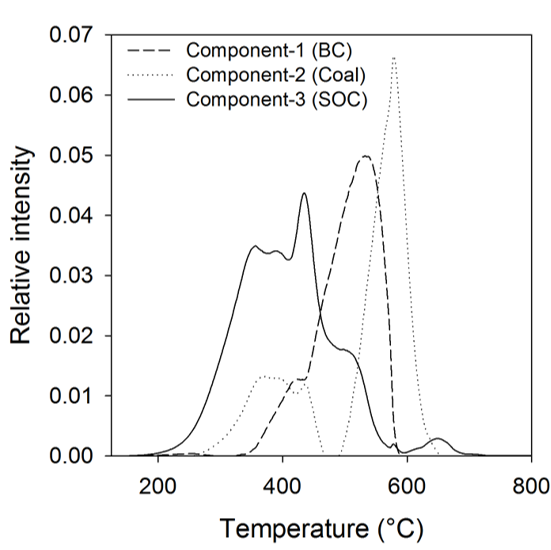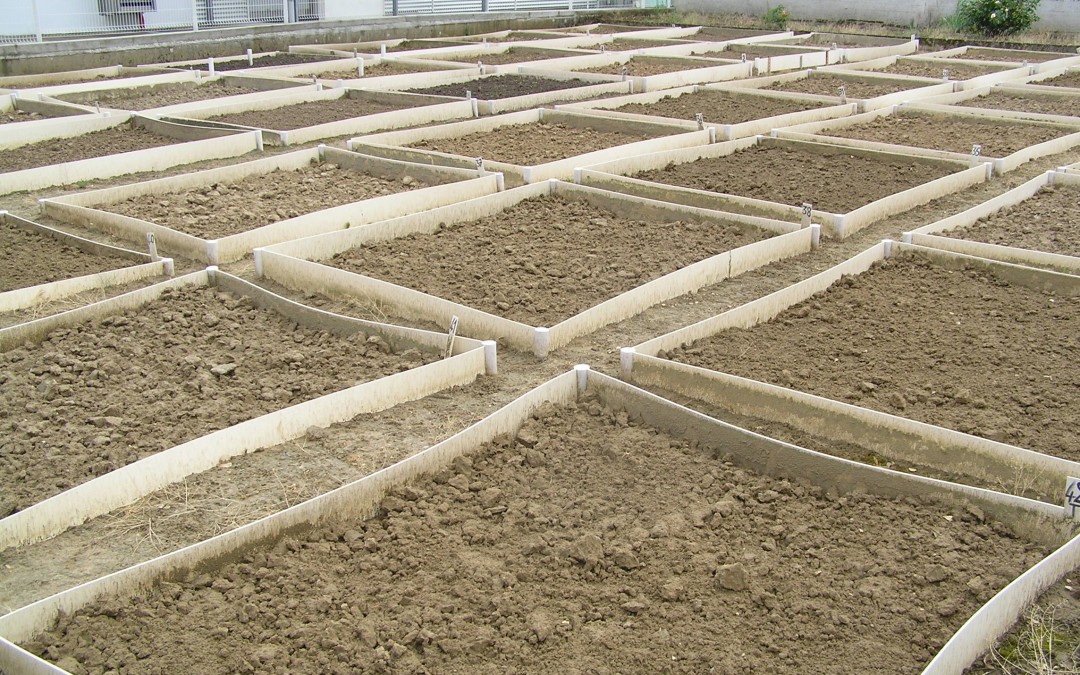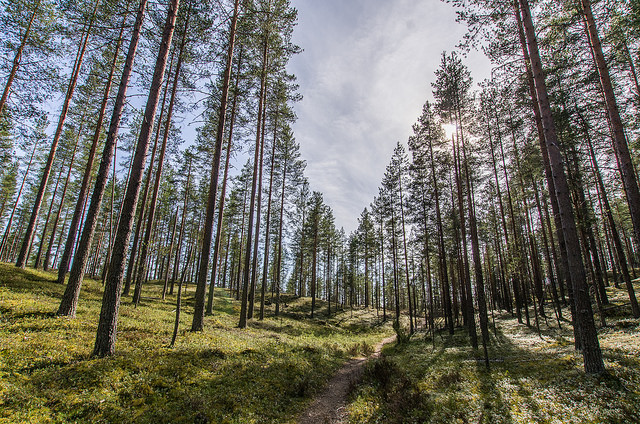by Alain | May 9, 2017 | Peer approved
Happy to announce the publication of:
Xu, B., Pan, Y., Plante, A.F., et al. (2017) Modeling forest carbon cycle using long-term carbon stock field measurement in the Delaware River Basin Ecosphere (2017). doi:10.1002/ecs2.1802. This project was part Bing Xu’s PhD dissertation at the University of Pennsylvania. She used repeated measure of vegetation and soil carbon stocks over a decade, and a newly parameterized version of the PnET ecosystem model to model the spatial distribution of carbon in three watersheds in the Delaware River Basin.

by Alain | Feb 13, 2017 | Peer approved
Happy to announce the publication of:
Chan, J., Plante, A.F., Peltre, C. et al. (2016) Quantitative differentiation of coal, char and soil organic matter in an Australian coal minesoil Thermochimica Acta (2017). doi:10.1016/j.tca.2017.02.006. This project was initiated by Jaclyn Chan, a PhD student at the University of Queensland, Sustainable Minerals Institute, Centre for Mined Land Rehabilitation, in Australia. Her interest was in being able to distinguish between legacy coal carbon and the soil organic matter that was accumulating after the reclamation of coalmine soils. Because soil organic matter and coal combust at different temperatures, we used ramped combustion and thermal analysis techniques to distinguish the two pools of organic carbon. The problem is made more complicated by the fact that many coalmine soils also contain pyrogenic carbon (char) from brush fires. We need an advanced statistical method (multivariate curve resolution–alternate least squares, MCR-ALS) to be able to distinguish the combustion patterns of the three pools. The method was robust in the samples tested, and found that coal-derived carbon contributed around 20% of the total organic carbon.

by Alain | Sep 30, 2016 | Peer approved
Happy to announce the publication of:
Barré, P., Plante, A.F., Cécillon, L. et al. (2016) The energetic and chemical signatures of persistent soil organic matter. Biogeochemistry (2016). doi:10.1007/s10533-016-0246-0. How does soil organic matter change during decomposition? This was the question a team of collaborators led by Dr. Pierre Barré from the French National Centre for Scientific Research wanted to answer using archived soil samples from several long-term bare fallow (LTBF) experiments across Europe. These experiments consist of field plots where plants are prevented from growing. As a result, soils receive no (or minimal) inputs of organic matter. The existing organic matter of the soil at the beginning of the experiment decreases in concentration due to microbial decomposition, becomes increasingly mineral-associated, and presumably changes in composition. That is, the remaining organic matter can be considered increasingly stable or resistant to decomposition. The LTBF experiments from which the archived soils came from range in age, up to 80+ years at the site near the Chateau of Versailles in France. Samples were analyzed using two different thermal analysis procedures (RockEval and TG-DSC-EGA), as well as chemical methods (NEXAFS and FTIR). The results indicate that while there were few consistent patterns in the evolution of soil organic matter chemistry, the pattern in energetics was clear: as bare fallow duration increased, the energy density of the samples declined. We speculate that this change demonstrates a potential energetic barrier to decomposition, which results in long-term stability of residual organic matter.

by Alain | Sep 26, 2016 | Peer approved
Happy to announce the publication of:
Hatton, P., Chatterjee, S., Filley, T.R. et al. (2016) Tree taxa and pyrolysis temperature interact to control the efficacy of pyrogenic organic matter formation Biogeochemistry doi:10.1007/s10533-016-0245-1.
In a collaborative project supported by the National Science Foundation (DEB-1127253) led by Dr. Jeff Bird at CUNY Queen’s College and Pierre-Joseph Hatton, on “linking the chemical structure of black carbon to its biological degradation and transport dynamics in a northern temperate forest soil”, we report the results of a multi-method approach to characterizing the biochar resulting the pyrolysis of two feedstocks (jack pine and red maple) at four temperatures (200, 300, 450 and 600°C). The Plante lab contributed analytical thermal analyses of the samples, generating differential scanning calorimetry (DSC) and evolved gas analysis (CO2 and H2O). The study found that the chemical and physical properties of the biochar were dependent on an interaction between feedstock (ie, tree taxa) and pyrolysis temperature, as a result of differing anatomical features of the feedstock. The results have important implications about the potential degradability and sorptive properties of chars generated from fires in forests dominated by these two tree species.
Featured image:  Juho Holmi via Compfight
Juho Holmi via Compfight



Recent Comments